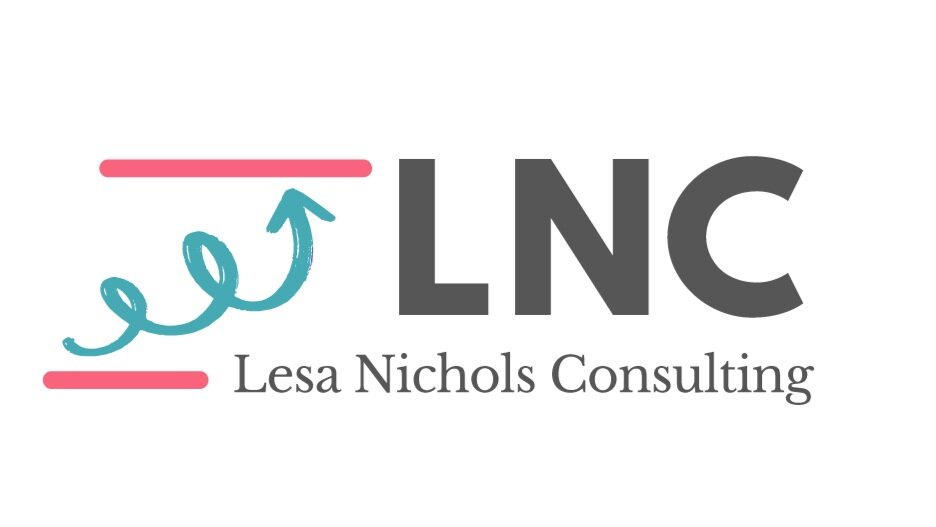 Over the years that I have been practicing TPS, it seems to me that many people are eager to say that it is top management's responsibility to make lean work. But who exactly are they talking about? And what behaviors are to be changed for top management to make lean work?
Let's take a look at top management. Which group needs to change what behavior? What exactly do we expect from each of these roles?
Over the years that I have been practicing TPS, it seems to me that many people are eager to say that it is top management's responsibility to make lean work. But who exactly are they talking about? And what behaviors are to be changed for top management to make lean work?
Let's take a look at top management. Which group needs to change what behavior? What exactly do we expect from each of these roles?
- The Board of Directors?
- The Owner?
- The Chief Executive Officer?
- The President?
- The Chief Operations Officer?
- The Vice Presidents (if the organization is large enough to have them)?
- The Plant Manager?
I am always curious about what the Board is supposed to do to make lean happen. I also struggle along, company by company, with "the line in the sand" between the CEO/Owner vs. the President/COO. Depending on the company's structure, the roles are different but regardless - what advice should we (people in the collective bucket of consultants, senseis, advisors, coaches, etc.) be giving the people at the top? Some common advice that I have seen for lean management include:
- Make a value stream map
- Whip the suppliers into shape to maximize the value stream
- Make your own best practice visual factory
- Go to the worksite to see what is being done
- Buy into lean and show it
- Only work on the big stuff
- Watch the profit and other key performance indicators
- Communicate with the organization
- Hold everyone accountable
- Set performance objectives
- Understand what motivates people
- Align company goals with individual's goals
- Focus on the popular tools of the day
But to me, this list doesn't seem expressly different than the list of "general" management skills needed. I think the "Lean Advice World" has a responsibility to get specific, company by company, individual by individual. That is the only way to help top management make the changes "we" are calling them out on. If "we" don't know what they should do, admit it and find them some help OR propose that you learn together by trying some new things out side-by-side.
The point I'm hoping to get across in this post is that top management has taken it on the chin for too many years. Blaming top management for the failure or slowness of lean is a cop out. An "us versus them" mentality is destructive and distracting. Rather than any one person or group of people being lumped together (ie top management), organizations need to separate the various roles comprised by top management - and then determine the various roles each should play in the lean transformation.
Here's a couple of examples of what I mean: What does the Board of Directors have to do with the lean implementation at a manufacturing company? Should they be trained on lean? Who should train them? Should the Chief Financial Officer investigate different financial systems compatible with lean? How would the CFO know that he or she should do this?
The way I see it there are "blamers" at every company - they say it's top management's fault that things aren't moving faster or are moving off shore. And yes, there are also "blamers" in the ranks of top management (ie., a COO says "I would do it if the CEO would let me" or the plant manager who says "I'm all over lean but the owner is in my way so I give up").
So how can we (the collective bucket I mentioned earlier) help you, passionate lean implementers, move beyond this distracting cycle to a collaborative cycle, improving the speed and quality of lean in each of your companies? I hope you'll share your thoughts with me.
- Lesa
 I remember when I couldn't see much either,and sometimes it's still hard for me.
I remember the first time we tried to see together.
Now that was really hard.
I remember when I couldn't see much either,and sometimes it's still hard for me.
I remember the first time we tried to see together.
Now that was really hard.








